綱引き Tsunahiki means tug-of-war.
You may also see the kanji written as 大綱曳 or 大綱挽 for the Great Tug-of-War events here in Okinawa. It became a tradition for every village in Okinawa to hold these tug-of-war events at the end of summer, beginning of autumn. In the lunar calendar, it is traditional to hold tug-of-war in the 6th or 8th month, although that is not always the case today. Originally it started as a way to pray to keep away the insects from damaging the crops, for rain, and for a good harvest.
Enormous ropes woven from straw are created for each team. Preceding the event are processions on each side with large banners on decorated poles (called hatagashira 旗頭), people in colorful costumes, and eisa dance/music or chanting, known as gaaee ガーエー, meaning something like “winner’s triumphant shout.” Basically it entails guys carry a large, heavy bamboo pole decorated with flags and flowers and other decorations, called hatagashira 旗頭. Hatagashira are an example of the traditional Okinawan culture. They are symbols created to represent a the success of a village. Supposedly, during the pole competition, the gods land on the top of the hatagashira and assist in the tugging of the rope during the tug-of-war.
To start the event, each team (divided into “East” and “West”) will bring their ropes together and a “pin” is inserted to keep the two looped ends together. Then the tugging will begin, with cheers and shouts on each end, the leaders of each team encouraging their side. After the time is up, they will determine who pulled the furthest and declare a side the winner. Afterwards, it is good luck to take pieces of the rope home with you and turn them into decorative charms to protect the household. You see a lot of people bringing their own scissors or pocket knives to cut of pieces as soon as the tug of war ends. Officially, only authorized people are supposed to have knives for rope-cutting, but… I don’t that stops most people.
There is the largest event in Naha every year, the Sunday before Sports Day (a national holiday in October). I went once and found this one to be really too crowded; now I much prefer the tsunahiki in Yonabaru town, usually occuring before Obon at the very end of July or beginning of August. It is still a large event, but less tourists and more locals. There is also a large event in Itoman every year on the 15th day of the 8th lunar month, a day known as Juugoya/Tsukimi (again mostly locals, not so many tourists). There are even several small tsunahiki events, one is held in my village every year (related post here). It is still a rather large rope but not nearly the size of the larger events. These events are great fun, so if you are in Okinawa be sure to participate in one of them!
Images from Yonabaru 2015:
More images, from Yonabaru 2016: https://imgur.com/a/RI5zO
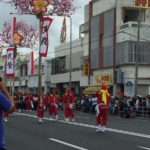
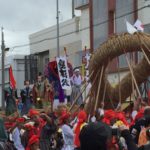
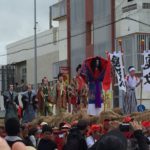
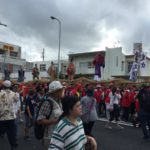
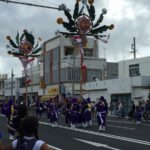
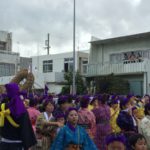
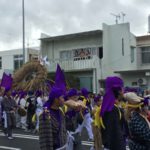
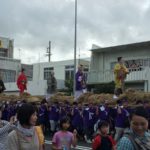
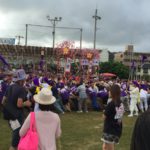
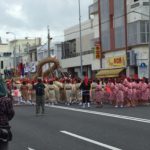
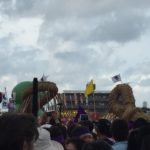
3 thoughts on “Tug of War: 大綱引き”
Comments are closed.